When it comes to cleaning your home, one question stirs up more dust than answers: should you dust or vacuum first? It might seem like a small detail, but the sequence of these chores can greatly affect your home's cleanliness, your health, and how long your hard work lasts.
If you clean in the wrong order, you risk undoing your efforts. In this guide, we’ll explore the science-backed reason behind the best cleaning sequence and provide actionable steps to make your routine more effective.
Let’s settle this once and for all.

Why the Order Matters?
Dust moves in the air and settles. Dust particles are light and easily stirred by movement. When you dust, even gently, particles get kicked up into the air. These tiny specs can take minutes to settle, often landing back on surfaces or the floor after you've finished vacuuming, if you did that first.
Vacuuming first vs dusting first changes results. If you vacuum first, then dust, you’ll likely have to vacuum again. The airborne dust falls back onto your freshly cleaned floors. But when you dust first, wait a few minutes for particles to settle, and then vacuum, you trap more dust in the process, leaving your home cleaner for longer.
Cleaning experts’ recommendations
Most cleaning professionals and allergists recommend dusting before vacuuming. This order ensures you capture more dust and allergens efficiently. Experts especially advise using vacuums with HEPA filters to trap fine particles after dusting.
|
Method |
Best For |
Advantages |
Drawbacks |
|---|---|---|---|
|
Dust First, Then Vacuum |
Most homes; light–moderate dust |
Captures more dust in one pass Prevents re-dusting floors Recommended by cleaning pros & allergists |
Requires waiting a few minutes for dust to settle |
|
Vacuum First, Then Dust |
High-pet homes; allergy-prone households; high-traffic zones |
Removes hair/dander immediately Reduces airborne allergens quickly Ideal with HEPA vacuums |
Dust from surfaces may settle after vacuuming, requiring touch-up |
|
Hybrid Approach |
Deep cleaning days; perfectionists |
Gets both airborne & surface dust Works well with robot vacuums for maintenance |
More time-consuming |
When to Dust Before Vacuuming
In most cases, dusting is the first task to do when you start cleaning your home. As you wipe surfaces, dust doesn’t stay put. It disperses into the air and eventually falls, mainly onto your floors. If you vacuum first, you’ll likely have to redo it after dusting. Starting with dusting ensures you don’t create extra work for yourself.
Best tools for dusting effectively
- Microfiber cloths are ideal for trapping particles without releasing them into the air.
- Extendable dusters help reach high spots like ceiling fans or crown moldings.

When to Vacuum Before Dusting
Vacuuming first can help reduce dust resettlement on surfaces you’ve already cleaned. This method is especially useful in homes with constant foot traffic or pets, where floors tend to gather more dirt quickly.
Use a vacuum cleaner with a HEPA filter to trap airborne dust before it resettles.
Does vacuuming first makes sense?
Vacuuming before dusting is particularly effective in specific situations:
- Allergy-prone households: HEPA-filtered vacuums remove allergens before they have a chance to settle.
- Pet-heavy homes: Frequent shedding makes it practical to vacuum up hair and dander before wiping surfaces.
- High-traffic areas: Dirt and debris accumulate rapidly, making vacuuming a logical first step in these zones.
Step-by-Step Guide to Combine Both Methods
This suggested sequence captures both surface and airborne dust for a complete clean.
- Start by dusting surfaces from top to bottom using microfiber cloths or static dusters.
- Wait 5–10 minutes to allow airborne particles to settle naturally onto the floor.
- Vacuum all floor areas thoroughly, focusing on high-traffic zones and corners. Use a vacuum with a HEPA filter for best results.
Common Mistakes to Avoid
- Using feather dusters (spread dust) instead of microfiber: Feather dusters often release more dust than they trap. Instead, use microfiber cloths or static-charged dusters that grab particles and hold them.
- Skipping HEPA filter maintenance: Over time, HEPA filters become clogged and lose their effectiveness. Clean or replace your filter regularly according to the manufacturer's guidelines to ensure optimal suction and allergen capture.
- Forgetting to clean vacuum attachments: Attachments like crevice tools and rotating brushes also accumulate dust. Regular cleaning ensures you’re not redistributing dust while you vacuum.

Tools & Their Best Uses
|
Tool Type |
Best Use |
|---|---|
|
Microfiber cloth |
Trapping dust on surfaces |
|
Hard floors and edges |
|
|
Handheld vacuum with HEPA filter |
Cleaning tight corners and baseboards |
|
Daily maintenance and floor-level dust |
|
|
Reaching high or delicate areas |
Maintenance Tips to Keep Dust at Bay
- Set a dust + vacuum routine: Dust on one day, vacuum the next to prevent buildup.
- Clean your tools regularly: For example, set a reminder to clean HEPA filters every 1–3 months depending on use.
- Use robot vacuum daily to reduce buildup: Schedule your Dreame robot to run during the day to catch dust before it settles.
By making these habits part of your regular routine, you’ll minimize allergens and extend your clean time between deep cleans.
FAQs
Q: Should I dust or vacuum first if I have pets?
A: Dust first to dislodge fur and particles from surfaces, then vacuum to trap everything that’s fallen—especially using HEPA filters for allergens.
Q: Does the type of flooring change the order?
A: Yes. On carpets, always vacuum last. On hardwood or tile, vacuum or mop after dusting to remove fine particles that settle.
Q: Are robot vacuums effective for dust?
A: Absolutely. Models like the Dreame X50 Ultra and L40 series offer powerful suction and automated routines that maintain dust-free floors.
Q: How often should I vacuum vs. dust?
A: Dust weekly and vacuum at least twice a week. For allergy-prone homes or pet-heavy environments, consider daily vacuuming.
Q: What’s the best way to trap fine particles?
A: Use microfiber cloths for dusting and HEPA-filter vacuums for floors. Let dust settle before vacuuming to capture more.
Q: Can I use a robot vacuum daily?
A: Yes. Daily use keeps buildup under control, making it easier to maintain a cleaner home with less effort. However, it's important to note that running a robot vacuum daily may increase electricity usage slightly and accelerate wear on components like brushes and filters—leading to more frequent replacements. This could result in higher maintenance costs over time. Still, for many users, the convenience and cleanliness are worth the extra expense.
Conclusion
So, should you dust or vacuum first? For most homes, dusting first ensures airborne particles are captured during vacuuming, leading to a cleaner space. But in high-pet or allergy-sensitive households, vacuuming first might be more practical to reduce fur and allergens quickly. No matter which method, the key is following the right steps, and using the right tools.
Dreame robot vacuums like the X50 Ultra, and L40s Ultra take the guesswork out of cleaning. With powerful suction, smart navigation, and automated mopping, they streamline your routine for smarter, faster results.
Try the method that suits your home, and let us know what works best for you. Your cleanest home ever is just a few steps away!















































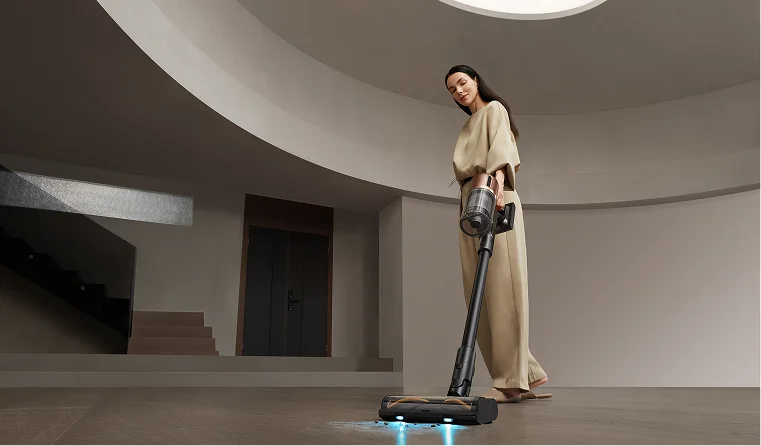
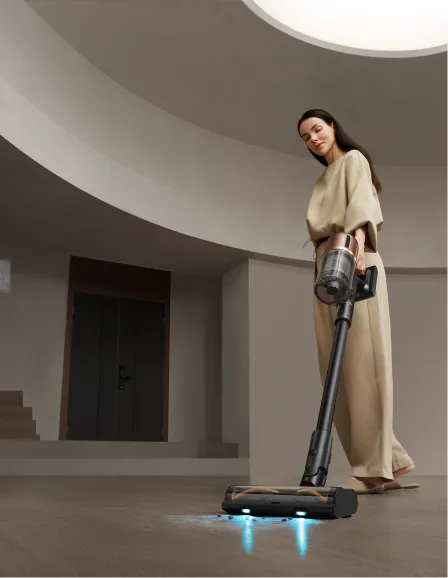
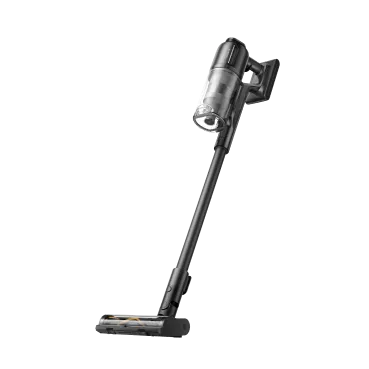
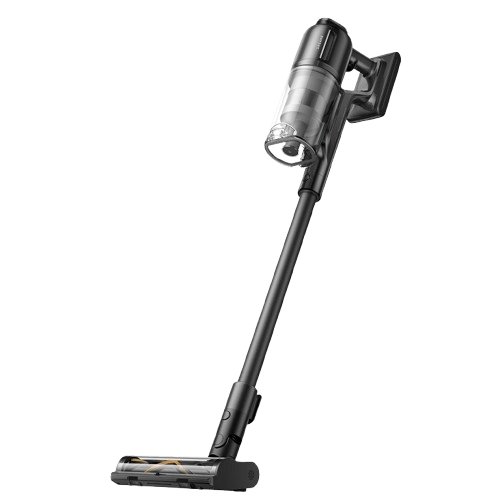
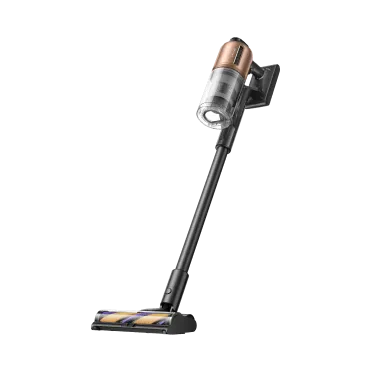
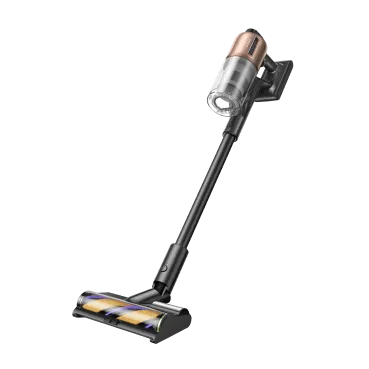
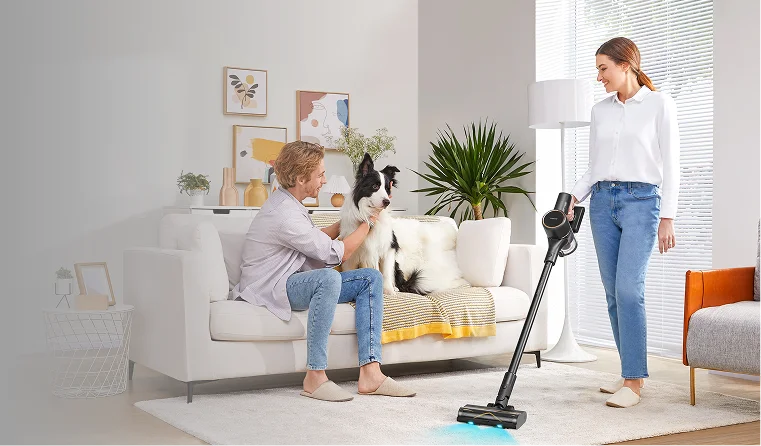
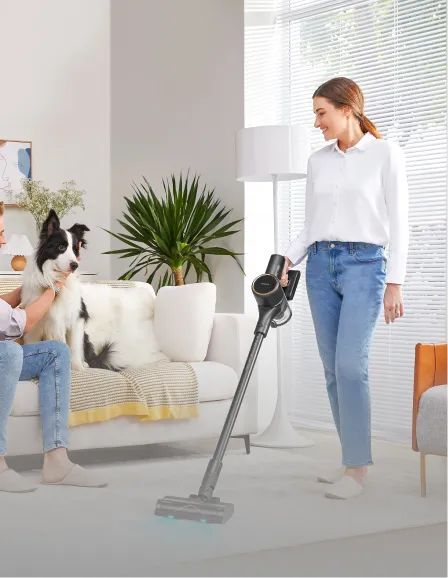
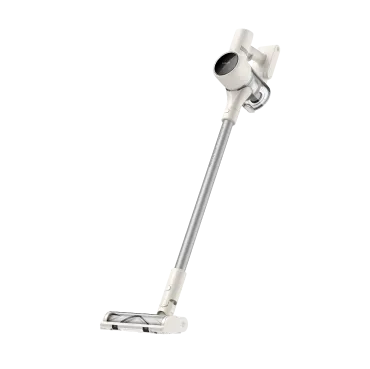
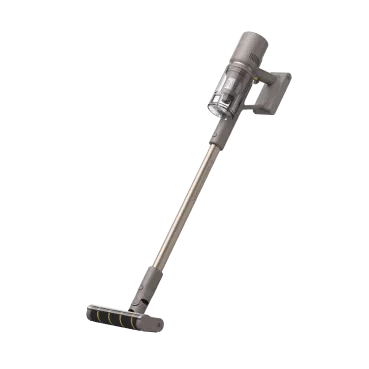
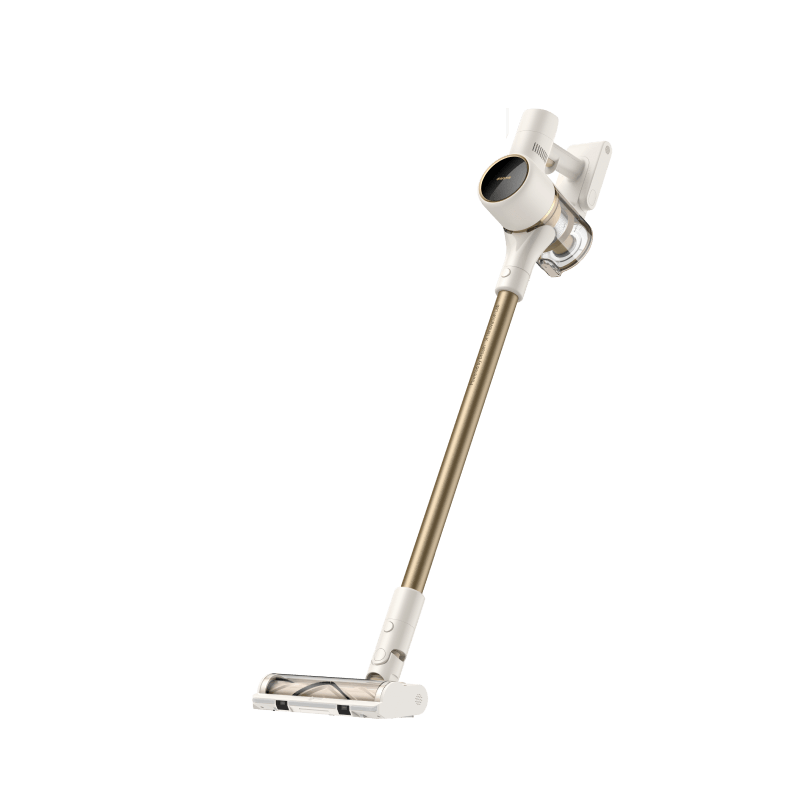
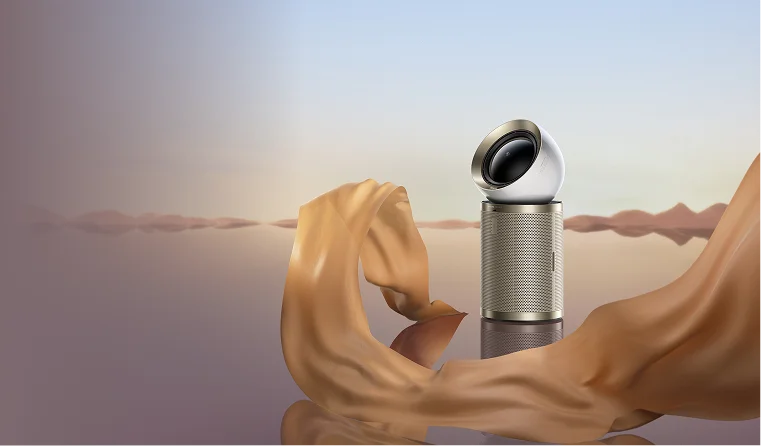
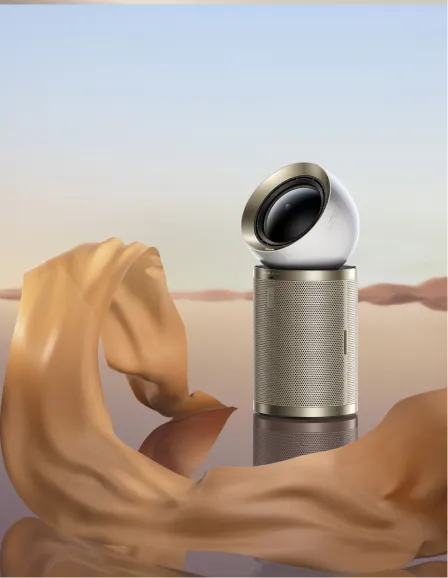

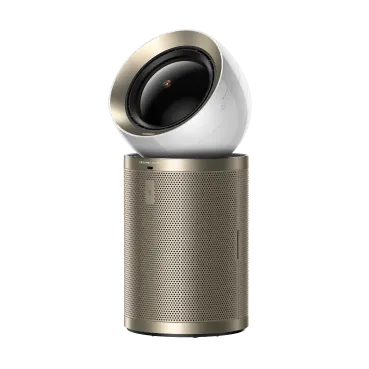

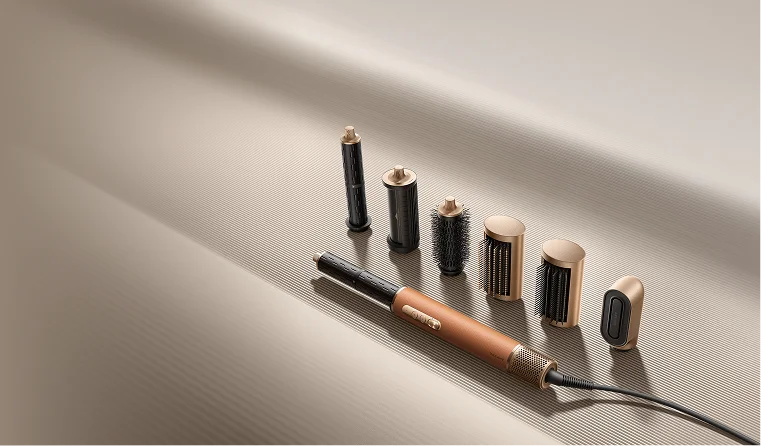
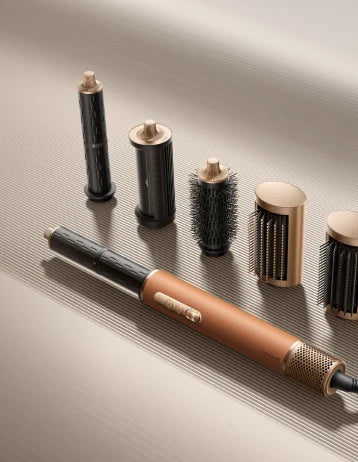
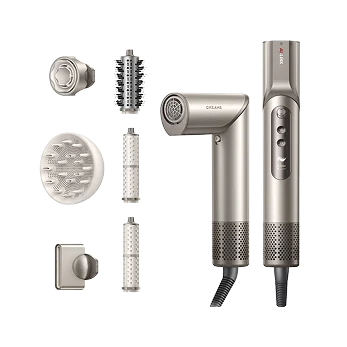
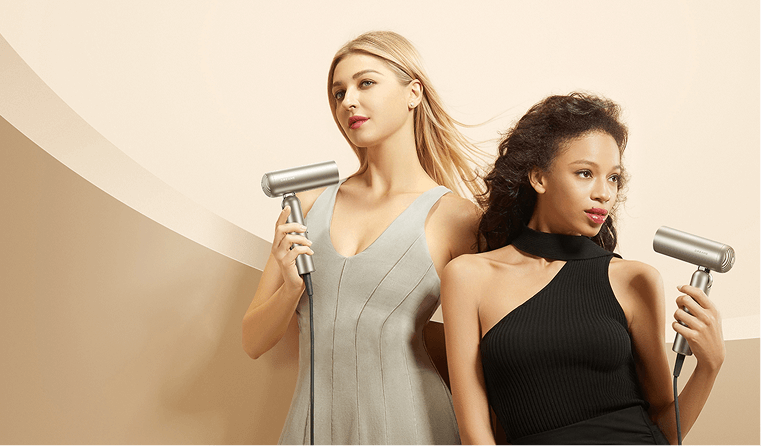

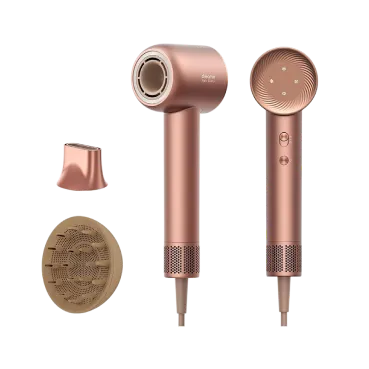
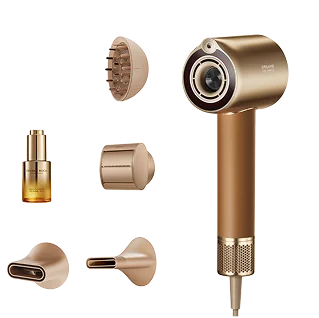
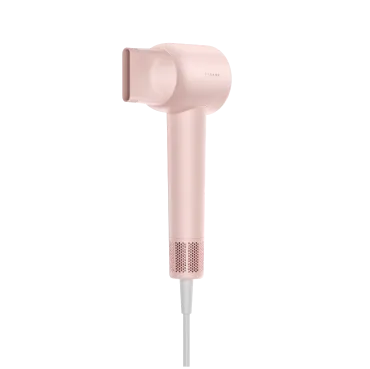


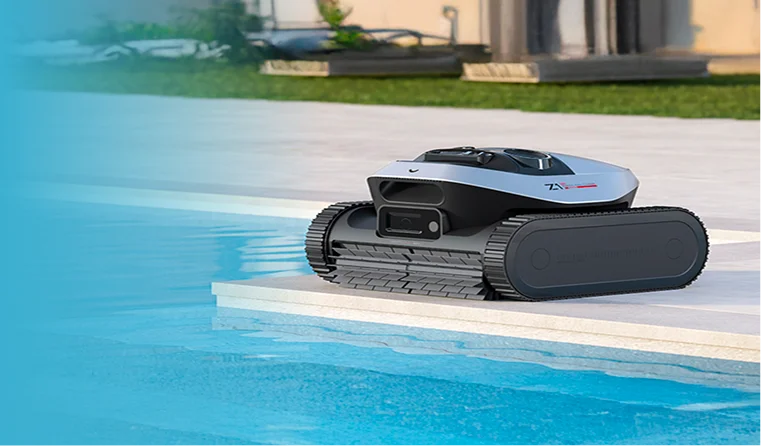
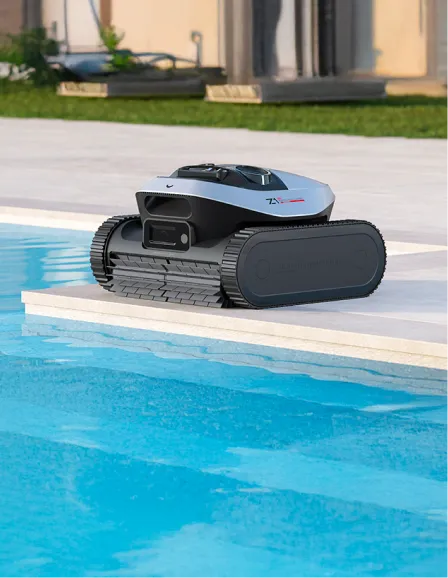
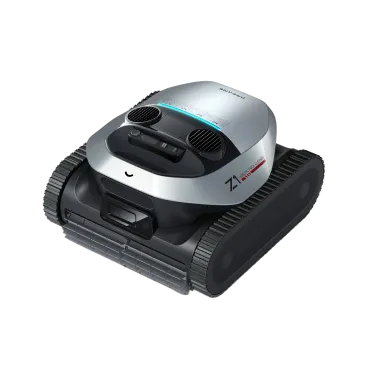
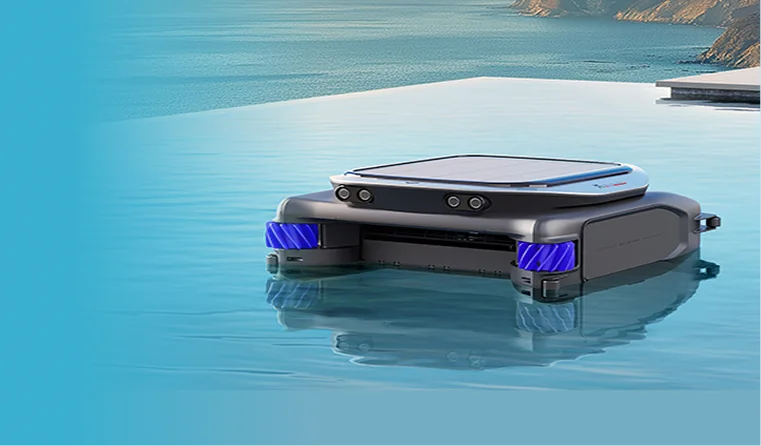
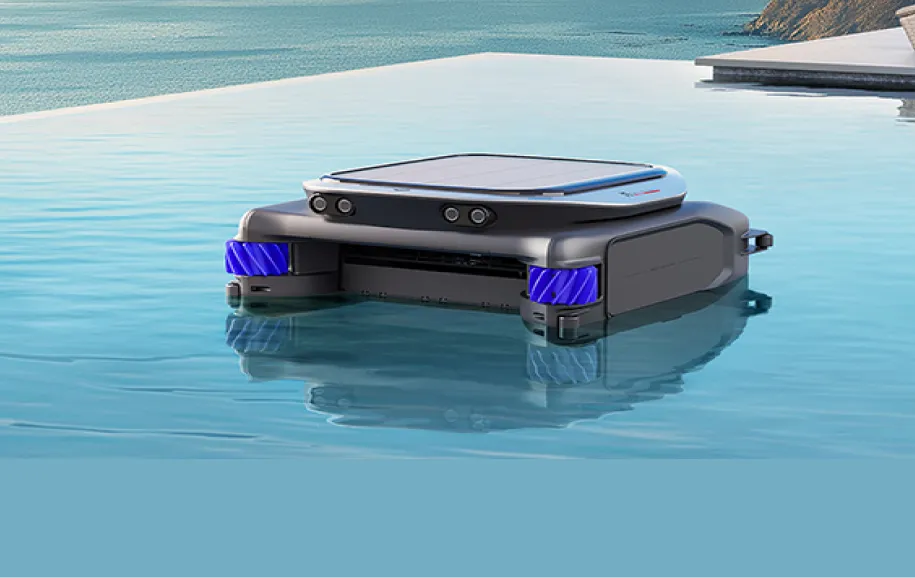










 Australia
Australia 中国大陆
中国大陆 日本
日本


 Türkiye
Türkiye


 Italia
Italia
 Netherlands
Netherlands Belgium
Belgium
 Greece
Greece Polska
Polska
 Norway
Norway
 Sweden
Sweden
 Finland
Finland
 Denmark
Denmark
 Hungary
Hungary Czechia
Czechia
 Slovenia
Slovenia
 Croatia
Croatia
 Switzerland
Switzerland United Kingdom
United Kingdom
 Canada
Canada

